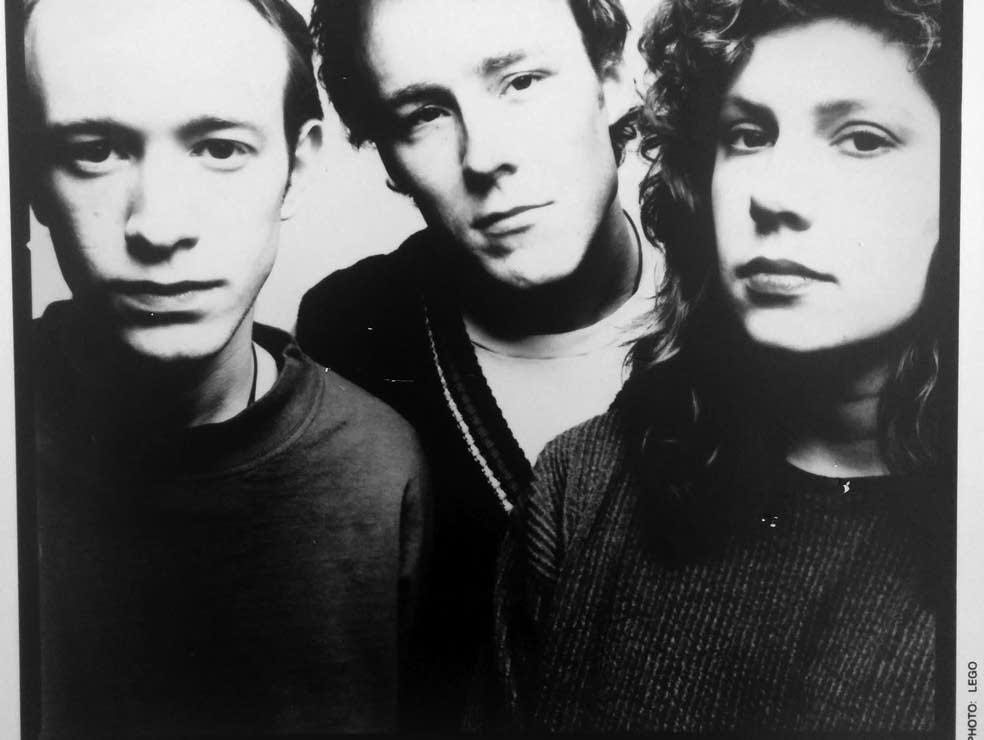Random Rules Playlist 035: Deeper Into Slowcore
It's the best time of year to listen to Slowcore, trust me
It’s that time of year where things are unusually still. It seemed like the right time to send you this older Slowcore playlist I made awhile back, but never included as a part of Random Rules. It’s the perfect soundtrack for these days between Christmas and New Year’s where you have no sense of time or schedule and probably don’t know what day of the week it is. If you’re in a place like Los Angeles, like I am, the streets seem utterly deserted.
Slowcore is not like other genres. You could argue it isn’t even a real genre, but rather a favored tempo, or an aesthetic. A minimalist approach to music-making with a very low average BPM. The polar opposite of speed metal. There was never really a “scene” the way most other genres center around a scene, or a city, or a venue. The counter-argument to this is that, if you were paying attention to underground music in the early 1990s, Slowcore definitely felt like a thing, with so many bands with one-word names releasing songs with one-word titles, albums with blurry photos on the cover with titles like The Pace is Glacial, and bios that revealed absolutely nothing in the way of personal details about the band members. Oddly enough, a lot of these bands also had a fondness for Joy Division (and often covered them) and the Factory Records aesthetic in general (often visible in album cover design choices).
Codeine, formed in 1989, is often referred to / credited as the first Slowcore band. They were preceeded by bands like Galaxie 500, Rain Parade, (certain songs by) Spacemen 3, and American Music Club, but Codeine took the minimalism and impossibly low BPM thing to new extremes their predecessors had never dreamed of. Take a song like “Sea,” the opening track of 1994’s The White Birch album, where vocalist Stephen Immerwahr streches out the line “I Understand” for about fifteen seconds so that it’s more like “I Underrrrrrrrrrrrrrrrrrr - stand,” while you can hear each individual guitar string being strummed, and the brush hitting the snare drum in time. It’s minimalism taken to new extremes.
For me, the Slowcore bands that I really connected with the most were Low, Bedhead (and related project The New Year) and Seam. Another personal favorite is the short-lived The For Carnation, the post-Slint project of Brian McMahan, you should purchase any of their releases on sight if you’re lucky enough to find them.
Of course, if there was one “breakout” band from the imaginary Slowcore scene, it was undoubtedly Low, who formed in Duluth in 1993 and ended in 2022 with the untimely passing of Mimi Parker. Low was a band that got even more interesting and experimental as they progressed (a truly rare thing!), releasing some of their most vital albums later in their career with 2018’s Double Negative and 2021’s Hey What. Surviving band leader Alan Sparhawk released his first official solo album this year on Sub Pop, which veered wildly away from the Slowcore sound he helped to define, with auto-tuned vocals over pulsing electronics, with song titles like “I Made This Beat” and “Not The 1.”
Even though Sparhawk may not make any more music in the style of Low, it’s heartening to me to see him forging ahead with a new sound and new singing voice, I’m not going to go so far as to declare it the sign of the “end of Slowcore” or anything dramatic, there are still plenty of new bands picking up the baton and running with it….slow motion style.








